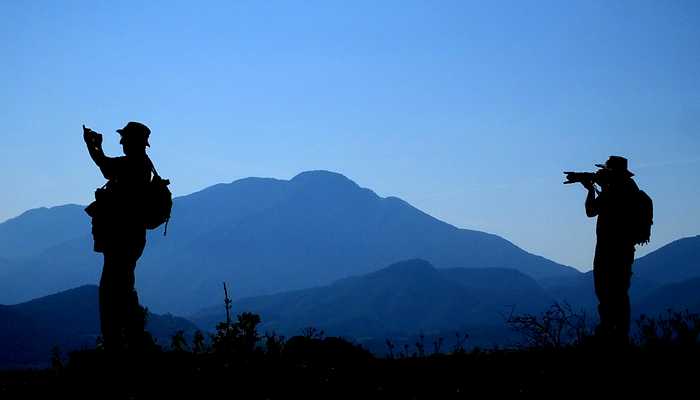|
|
|
FIRST BIRD COUNT
IN THE SIERRA DEL AGUILA |
By John Pint Once again I am getting up at an ungodly hour of the morning to cover another Bird Count story. This particular event, however, is unusual because it’s taking place for the first time, not somewhere on the outskirts of the big city, but in the Sierra del Águila, a mountain range near Ahualulco, where the world-famous Piedras Bola or Great Stone Balls are located (60 kilometers west of Guadalajara, Mexico's second-largest city). Julio Álvarez is a resident of Ahualulco and a self-made bird watcher: “the very best birder in Jalisco,” several people have told me. So, it’s no wonder Álvarez worked hard to set up an official Bird Count in the Sierra del Águila (the mountain range of the eagle), a place he has been in love with all his life. “I was happy to participate in the Bird Counts near Guadalajara,” he told me, “but the mountains near my home are filled with an amazing variety of bird species and really deserve a place in the Conteo de Aves.” The annual bird register was started in 1900 by American ornithologist Frank Chapman in response to a custom hunters had in those days of shooting as many birds as they could for Christmas. Last year the National Audubon Society listed 2,505 24-kilometer wide bird observation circles around the world with 76,669 observers out in the field, and they counted 58,878,071 birds of 2,607 species. Julio Álvarez’ circle in the Sierra del Águila brings the total number of bird-counting circles in the state of Jalisco to six. 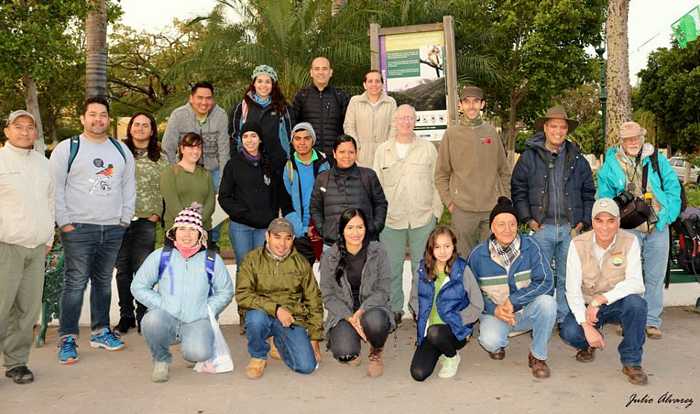 I found Álvarez and 19 other birders wrapped in winter coats and shuffling their feet to keep warm in the plaza of Ahualulco. “We’re going to break up into three groups,” Julio announced, “one to the area of the Piedras Bola, one to Arroyo El Carrizal and the other to Las Pilas.” Since I had never visited Las Pilas, I joined that team, headed by birder and nature photographer Carlos Contreras. “Every bird we see along the way counts,” announced Carlos once we were on a dirt road heading west into the hills. The sharp-eyed birders inside Carlos’ old, clanking and banging VW van immediately started shouting and I started writing: Three blue grosbeaks! One gila woodpecker! Thirty black vultures! 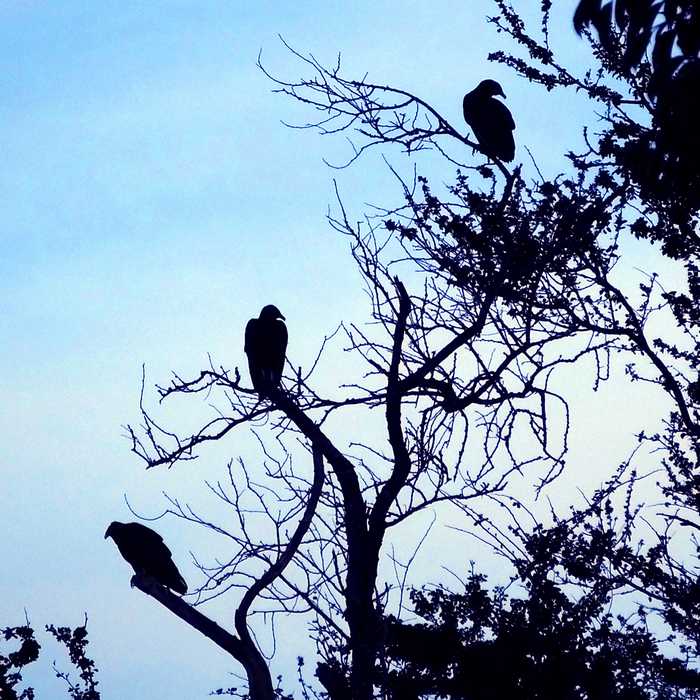 There were so many vultures, by the way, because there was also a dead cow on the roadside, but that we weren’t allowed to count. We were now heading toward Las Pilas Canyon, famed for its string of waterfalls and pools of clean water great for swimming. We drove along merrily until mud appeared ahead, at which point we parked and set off on foot. 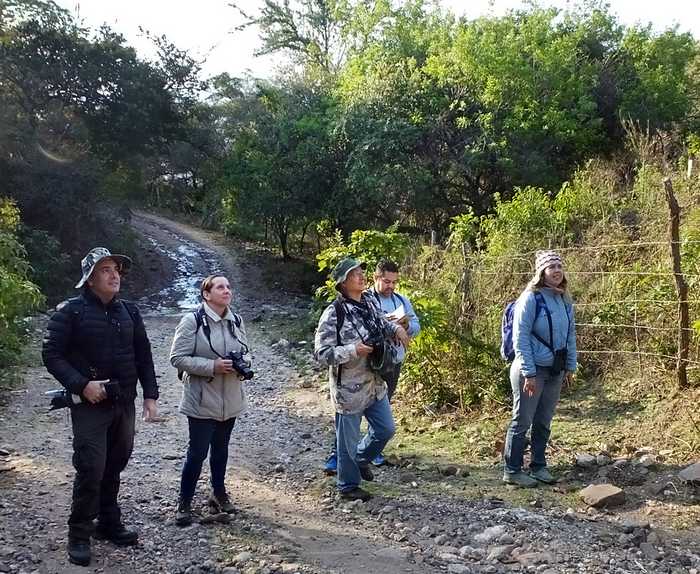 We met a local man on the road who told us he liked what we were doing. “There are people who go to Las Pilas to trap birds in nets, so they can sell them,” he told us. “I wish you could do something about that because we used to have lots of jilgueros around here but we never hear them singing anymore.” He was referring the clarín jilguero or brown-backed solitaire, famed for its melodious, flute-like song and, in fact, during our entire long walk we didn’t see or hear a single jilguero. But we did spot some 35 different species of birds, including the ladder-backed woodpecker, the rufous hummingbird and cassin’s kingbird. 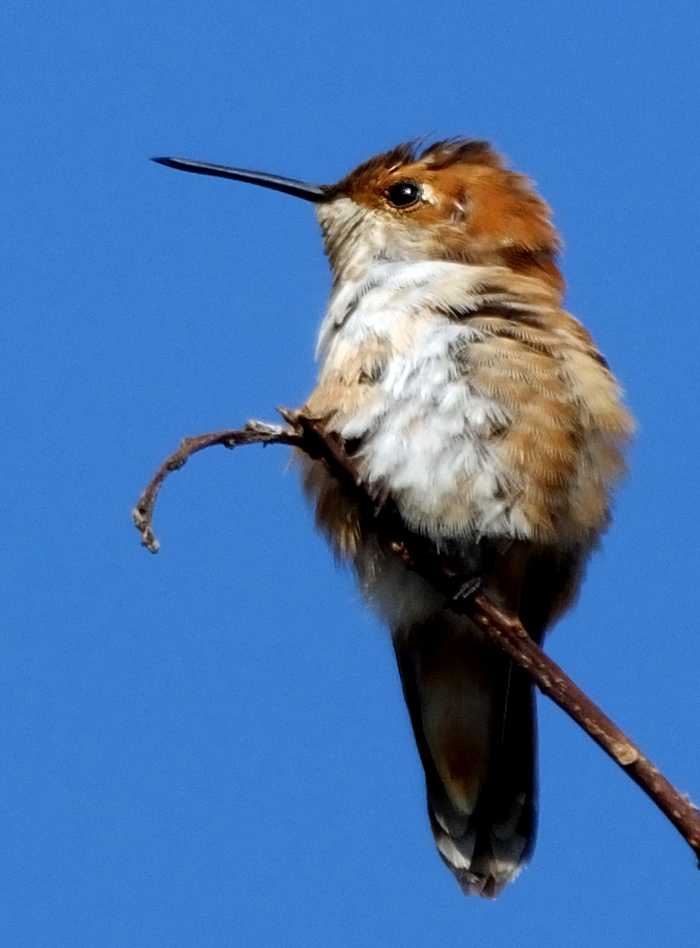 By now the sun was hot and we had all stripped off coats and sweaters and stuffed them in our backpacks. After walking just over a kilometer very slowly, we returned to Ahualulco where all three groups turned in their counts. One of the birders, Canadian Chris Lloyd, who had gone to El Carrizal, reported that he had not only seen birds, but—in a large clearing—had come upon some 14 collared peccaries. “They are said to have bad eyesight,” reported Lloyd. “I was seven meters away from them and happily snapped pictures for ten minutes before they spotted me.” 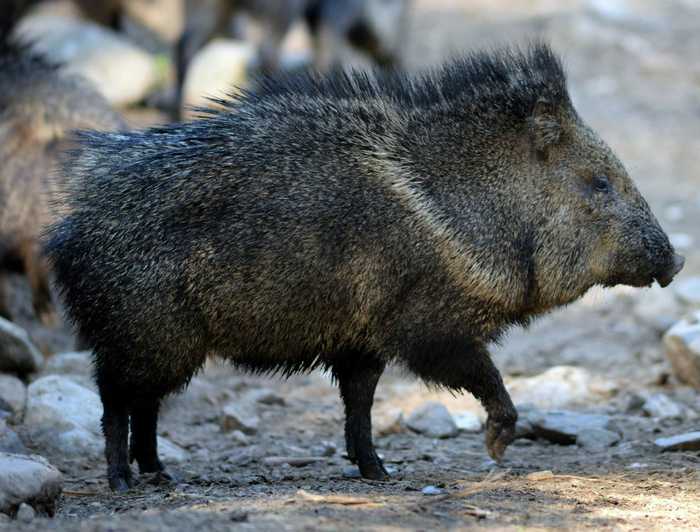 We had all accomplished our missions and I thought it was time to head home, but Julio invited anyone interested to go to Laguna Colorada just north of Ahualulco, to look for waterbirds, whose species and numbers would also go into the count. 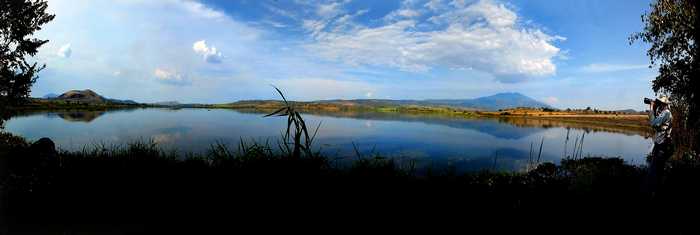 The lagoon turned out to be rather pretty. The birders set up several telescopes and peered through them at all sorts of feathered friends entirely invisible to the naked eye (well, to mine) and shouting out the names of all the cormorants, kingfishers, black phoebes, night-herons and so on that they could see. Then birder Chris Lloyd turned around and pointed up the dirt road behind us. “John, there’s a painted bunting right there in the road—here, take my binoculars.” Well, all I can say is I saw something very colorful flash by, but sadly, I only discovered how beautiful the painted bunting is when I looked at it in my Quick Bird Guide. In Spanish it’s called colorín siete colores and indeed, it’s hard to imagine any other bird having more colors, in fact the Passerina ciris is often called “The most beautiful bird in North America” and in French it’s le passerin nonpareil, the incomparable bunting. 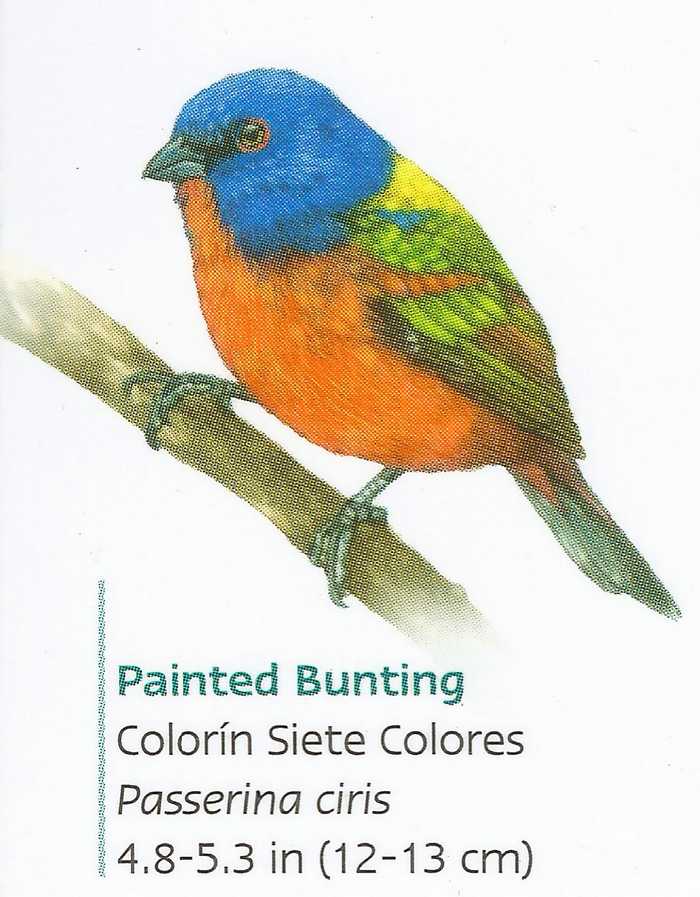 All told, 1765 birds were counted in La Sierra del Águila, including 127 different species. If you are interested in birds, you can follow all four of the routes described above by going to Wikiloc.com and looking for: 1. Guadhikes – Ahualulco to Piedras Bola 2. Ahualulco to Las Pilas 3. Ahulalulco to Arroyo Carrizal 4. Laguna Colorada Dam Good luck and happy birding!
More Photos
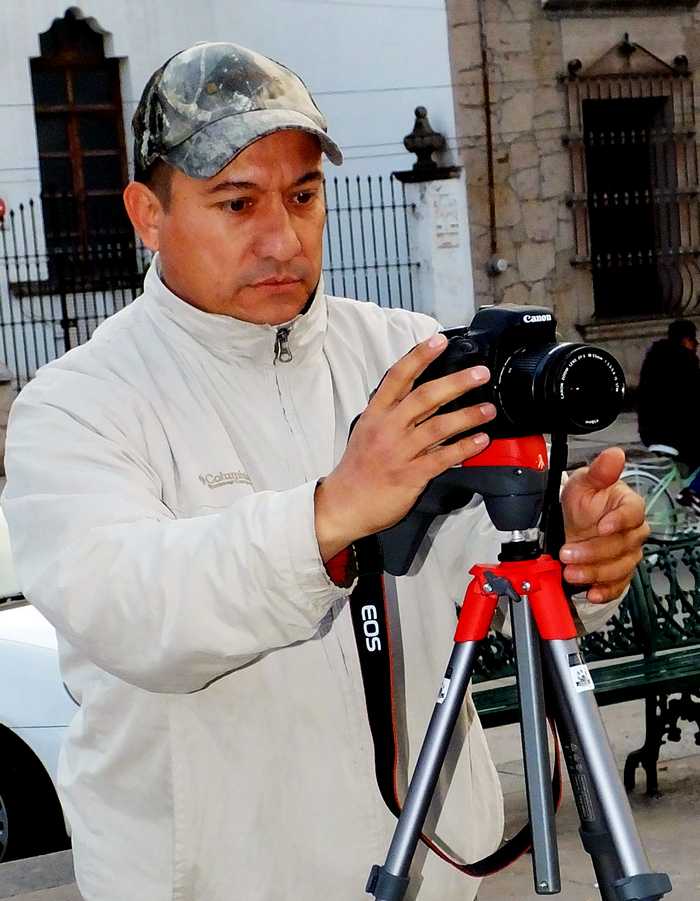 University of Guadalajara biologist Julio Álvarez adjusts his camera for a group shot of the volunteers who turned up for the bird count he organized for the Ahualulco area.
Carlos Contreras, left and Miguel Ángel García check out the view and distant birds from a lookout point near Las Pilas, five kilometers northwest of Ahualulco |

